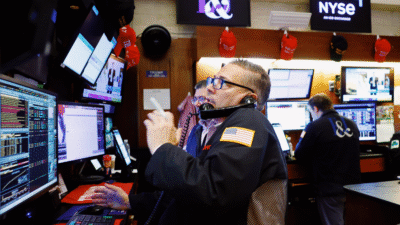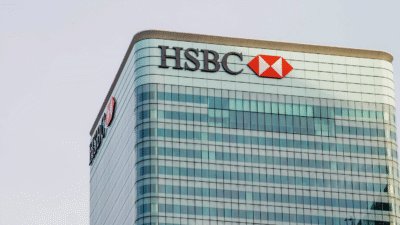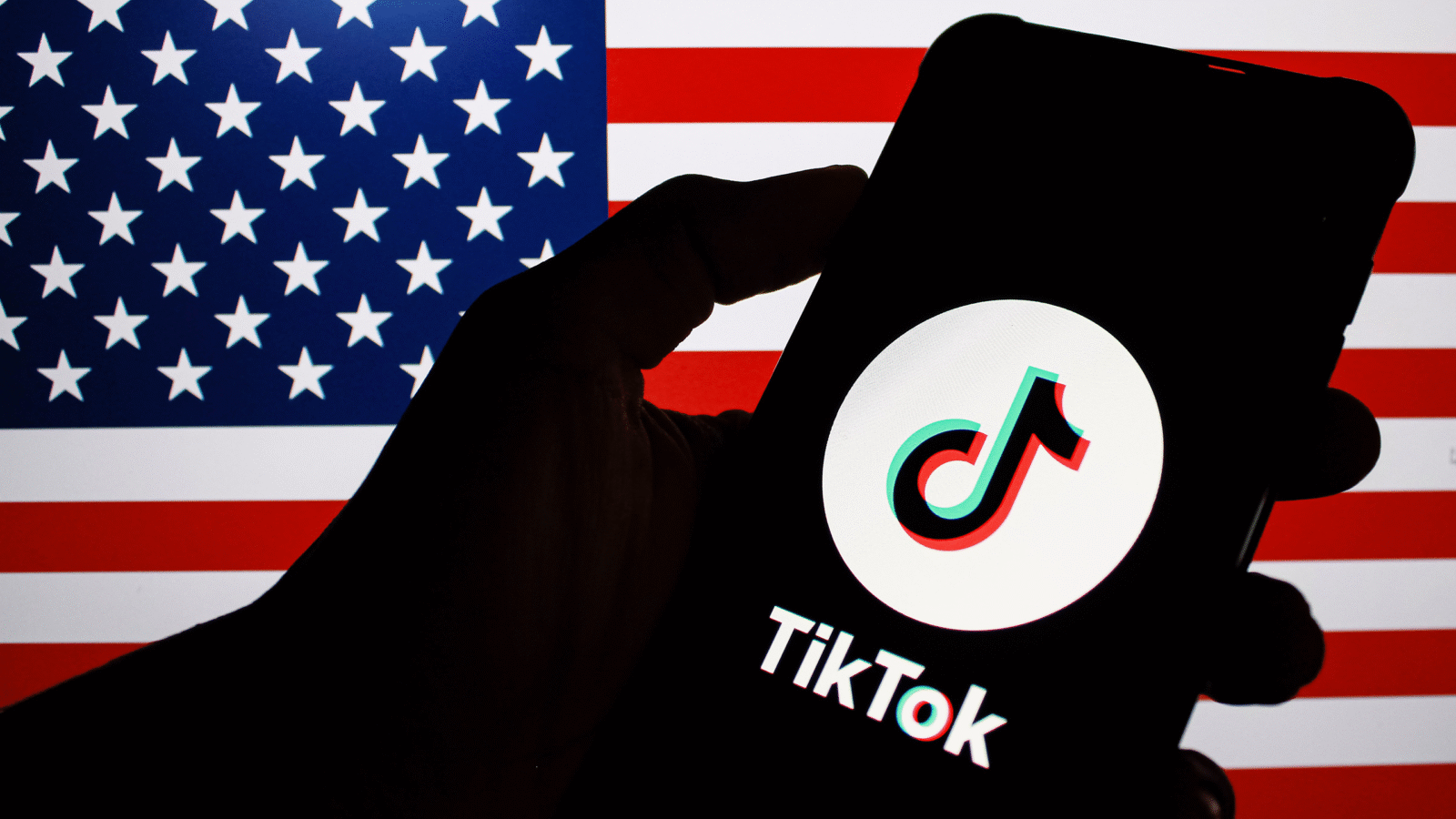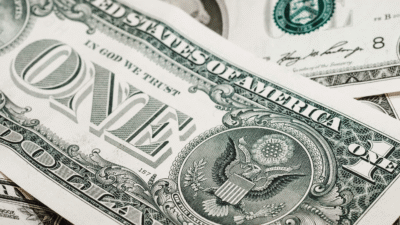Is the US Economy Headed for a Slowdown?
If the US consumer is the engine driving the economy, then some funky noises are coming from underneath the hood.

Sign up for smart news, insights, and analysis on the biggest financial stories of the day.
The US economy is still on cruise control, but the “check engine” light is glowing.
A flurry of key reports last Thursday showed that US growth has been slowing and by Friday, one closely watched indicator showed the economy may start to shrink in the near future. If the US consumer is the engine driving the economy, then some funky noises are coming from underneath the hood. So what gives?
Shop Till You Drop
First things first: Thursday’s gross domestic product report from the Commerce Department’s Bureau of Economic Analysis showed that US GDP increased at a 2.3% annualized rate in the last quarter of 2024, down from the 3.1% pace in the quarter prior. That came the same day as a National Realtors Association report showing home sales in January fell to an alarming low (and Trump 2.0’s promised tariffs are not likely to help turn things around). Also on Thursday: Weekly jobless claims data from the US Labor Department showed the largest spike in five months — and mass layoffs in the federal government still likely haven’t appeared in the data yet. Combined, the reports show broader economic distress may be brewing.
On Friday, the Atlanta Fed’s closely watched GDPNow reflected that distress starkly; the tool, whose growth estimates had declined steadily during February, now projects GDP will contract by 1.5% in the first quarter of the year. That’s a marked correction from the 2.3% growth the tool had projected just two days earlier, and, if it comes to fruition, would mark the US economy’s first quarterly contraction since the first three months of 2022.
US consumers, who account for roughly two-thirds of the country’s gross domestic product, are growing concerned:
- Last week brought the latest Consumer Confidence Index data from the Conference Board, released Tuesday, which showed the third straight month of falling consumer sentiment and the biggest month-to-month drop since August 2021.
- Per GDPNow, consumer spending is still expected to contribute positively to GDP growth in the first quarter, just at a lower rate than expected — with projections of a 1.5-point contribution to GDP falling to just 0.9 point in the latest data.
America’s well-off are powering the continued consumer spending. According to an analysis by Moody’s Analytics seen by The Wall Street Journal last week, the top 10% of American earners — or households making more than $250,000 per year — are now responsible for just a hair under 50% of all consumer spending; 30 years ago, the cohort contributed just 36% of total spending.
Trade Gap: The drop in consumer spending combined wasn’t the only drag on GDPNow’s growth indicator. The Commerce Department released data on Friday showing the US trade deficit increased 25% to $153.3 billion in January, which also weighed heavily. Import growth exceeded export growth, 11.9% to 2%. It seems everyone rushed to get their spending done before Trump’s tariffs on Mexico, Canada and China hit, which is now expected to happen on Tuesday.











